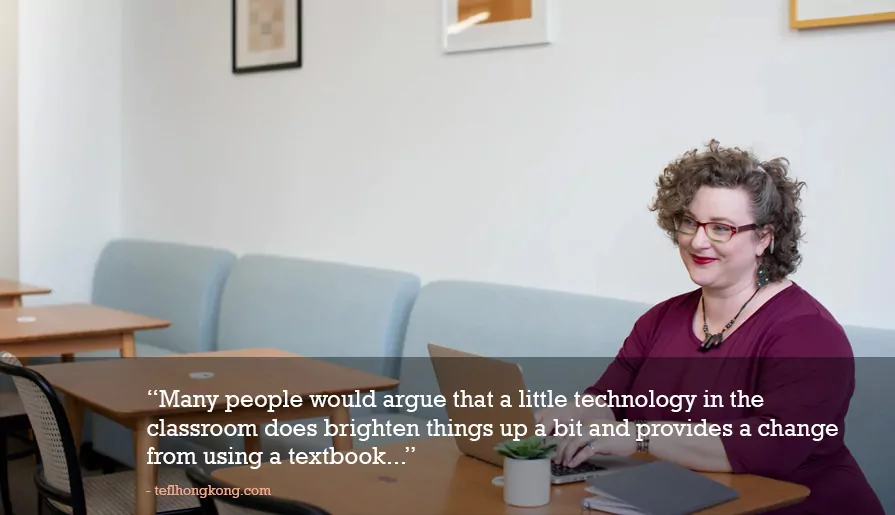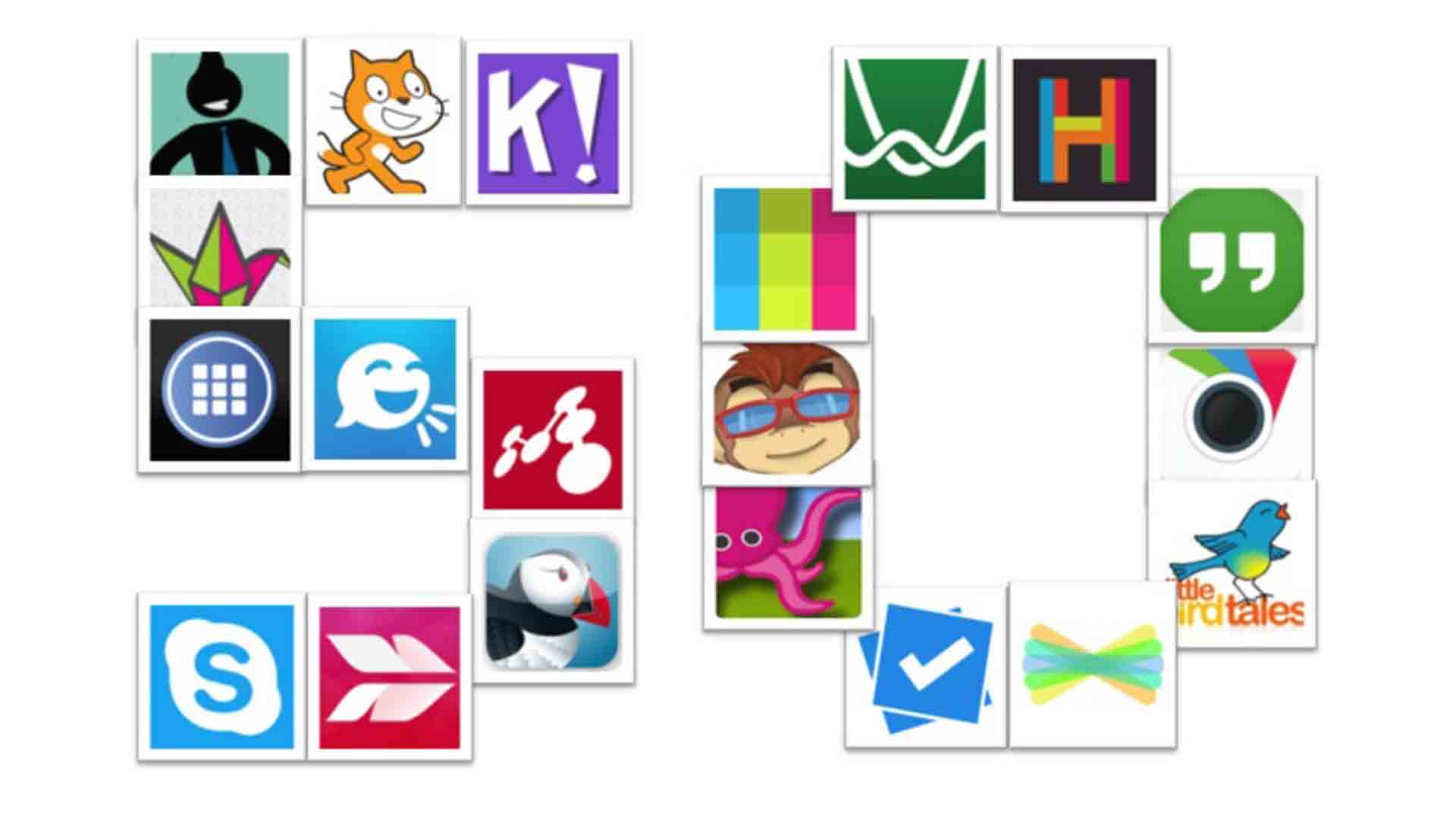According to Anna Mciver:
In an age where we are surrounded by technology, and everyone is seemingly attached to their phone, I pad or laptop, it makes sense to incorporate this into the classroom. Students generally love technology, and when we as teachers use it to enhance our lessons, we can invigorate, interest and inspire our ESL learners in new ways.
In this article, we will discuss why we feel technology holds such an important place in the modern ESL classroom and suggest some ways in which you can use it to both you and the student’s advantage. Although it is not necessary to include technology in every single class, a lot can be gained from using it occasionally. Students are likely to be interested, engaged and look forward to something a bit different.
So, why the need to include technology in the classroom and what do we mean by this?
It is estimated that around 5 billion people worldwide have a mobile phone and that in Asia and Europe combined almost 70% of people have internet access. (https://www.internetworldstats.com/stats.htm)
With statistics such as these, we can see a clear trend in technology use across the world, meaning more and more of our students will be tech-savvy. Students understand, use and enjoy technology which is one reason why we can benefit from using it in our classes. It also means we have easy access to hundreds of audio and video clips, games, films- the list goes on.
Many people would argue that a little technology in the classroom does brighten things up a bit and provides a change from using a textbook.
Good, bad or indifferent, if you are not investing in new technology, you are going to be left behind.
So how can we incorporate technology into our ESL classes in a meaningful way? Here are just some of our suggestions:
- Videos and audio on Youtube
- Using Netflix to show episodes of series or using segments in class
- Encouraging students to record or video themselves as part of class projects or as homework tasks to assess later
- Have students download learning apps such as Duolingo or Busuu, which both allow users to make and track their progress. Speaking pal, another app, even allows you to have virtual conversations using short dialogues!
- We also recommend checking out this website for additional games and resources that you can use in your own classroom. https://www.eslgamesplus.com/ features lots of games for children but also some appropriate activities for older learners
- Increase student engagement
Try using interactive games like Kahoot https://kahoot.com/, which require students to use their phones to log in and answer questions under timed conditions.
Questions appear on the classroom TV, or whiteboard and scores are then displayed on a screen. There are hundreds of quizzes available, many aimed at ESL learners or you can even create your own. Be aware that Kahoot requires an internet connection as well as mobile phones so may not be appropriate for all classes.
Expose students to new accents and different cultures
A friend at my previous school used Skype several times to practise interview techniques, speaking skills and create enthusiasm and interest with students.



Comments
Post a Comment